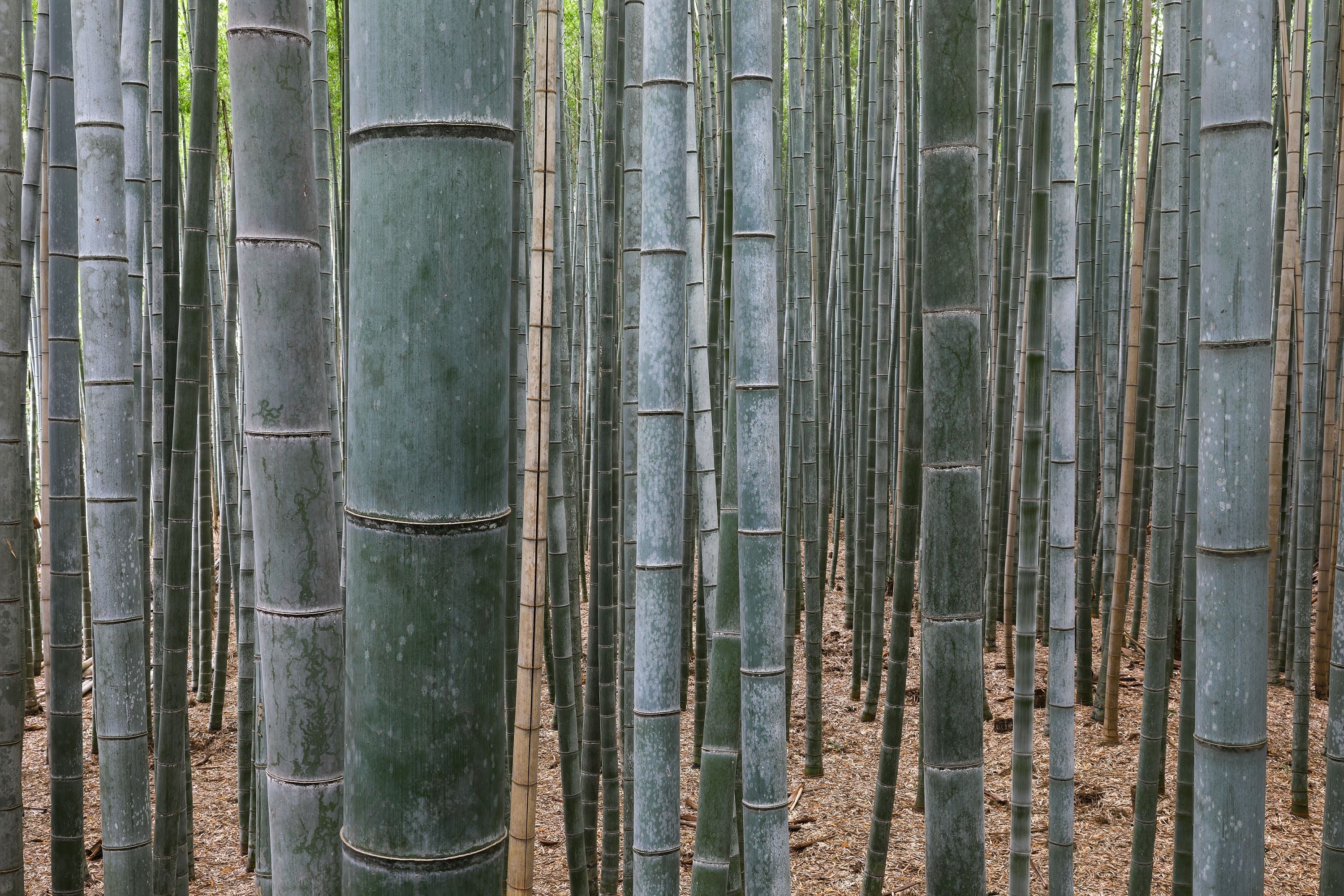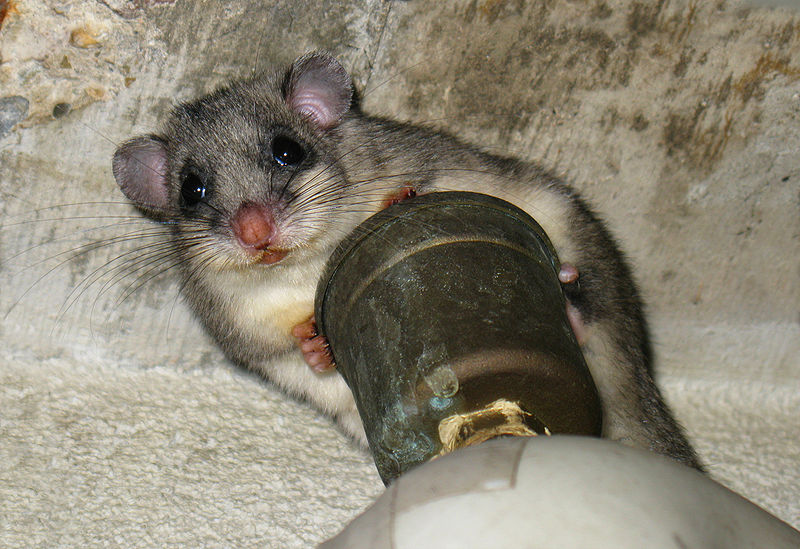
Tropical Wild Edibles - Bamboo
Botanical name: Bambusa x
Common names: Bamboo
Family: Bambusoideae, part of the Poaceae (grasses) family. Considered as one of the oldest existing grass family plants on Earth. It is a perennial evergreen.
 (A bamboo forest in Japan)
(A bamboo forest in Japan)
Physical Appearance and Character: Depending on the variety, bamboo is one of the fastest growing plants on Earth. The fastest varieties can grow at a staggering rate of up to 1mm per 90 seconds or the equivalent of approximately 1 metre of growth per day! Bamboo can grow up to approximately 30 metres in height and is sometimes referred to as a bamboo tree. It is one of the few grasses that is capable of producing forests. This makes it a viable strategy for rapid reforestation as generally, bamboo will reach its maximum potential height within its first year of growth. Interestingly, the bamboo does not grow any wider or taller as it matures. Instead it channels its energy into the development of its underground root system rhizome. This means that bamboo is often perceived as being an aggressive, invasive species as without complete root stock removal, bamboo will continue to spread and grow rapidly under the soil, even if no visible trunk or foliage is visible above ground. The trunks are usually columnar as opposed to tapering.

(Bamboo leaves)
The bamboo’s leaves are thin and delicate and generally are only produced once the plant reaches maturity. Unusually, bamboo only flowers once every 12 to 120 years after which the plant dies! Science is still unable to explain why this is the case. Regardless of climate or geography, all specimens of bamboo of a particular variety will flower at the same time.

(Bamboo flowers)
Natural habitat: Native to Asia, Africa, Australia, South America and the USA, bamboo likes well drained but moist soil and seems to thrive at elevated altitude. It can tolerate frost and prefers mildly acidic soils.

(Bamboo canopy)
Point of interest: Bamboo has been used in construction for thousands of years.
Essentially it is a naturally occurring composite material and has a fantastic strength to weight ratio, similar to load bearing timber. To this day, bamboo is used as a scaffolding material, even on some of the highest sky scrapers in Asia!
 (Bamboo as scaffolding)
(Bamboo as scaffolding)
Uses: Bamboo is a dietary staple in many countries. Some varieties can be eaten raw and have a crisp texture with a relatively mild flavour. Bamboo takes on flavour well meaning it can be a good accompaniment to strong tasting food.
Dangers: Some varieties of bamboo can be toxic/poisonous due to high levels of cyanide. Generally this can be neutralized through leaching and cooking.
Photos courtesy of Wikipedia:
Basile Morin, CC BY-SA 4.0 <https://creativecommons.org/licenses/by-sa/4.0>, via Wikimedia Commons
HK Arun, CC BY-SA 3.0 <https://creativecommons.org/licenses/by-sa/3.0>, via Wikimedia Commons
Bamboo foliage - photo User:MPF
Vijayanrajapuram, CC BY-SA 4.0 <https://creativecommons.org/licenses/by-sa/4.0>, via Wikimedia Commons


